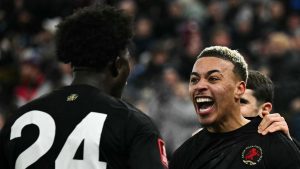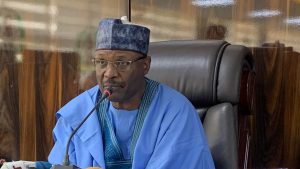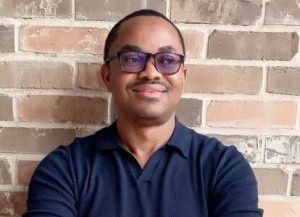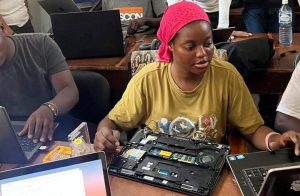Blues started from the bottom, now they’re here in playoffs
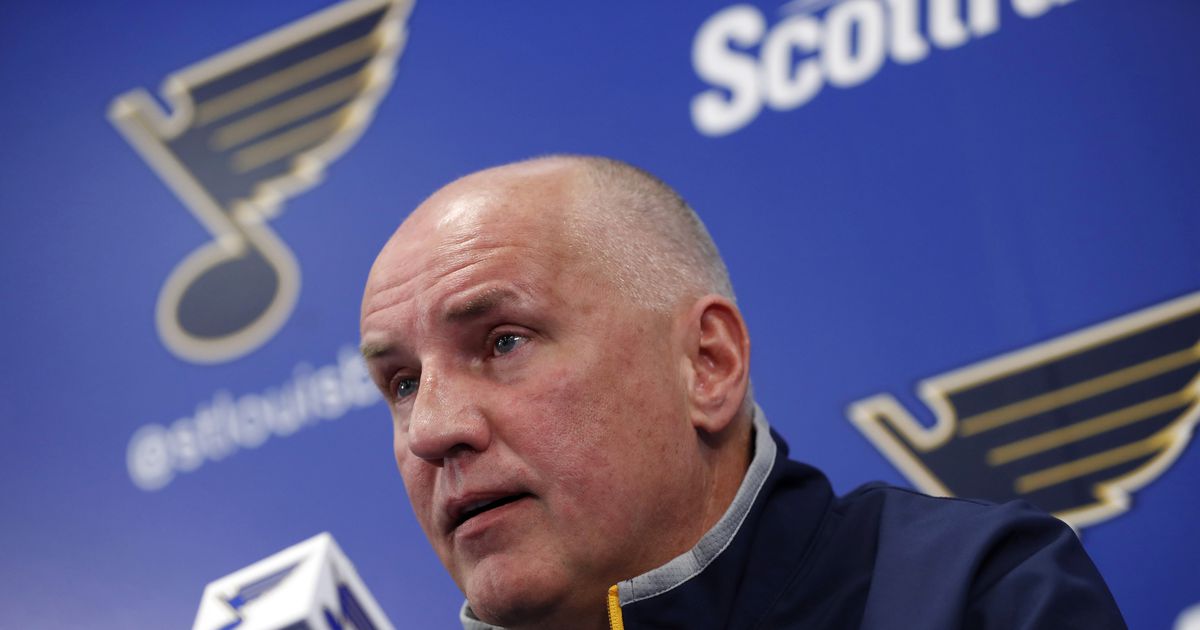

Dead-last in the NHL in early January, the St. Louis Blues looked like underachievers who cost their head coach his job and wouldn’t remain together for long.
Then the Blues did the improbable, winning 30 of their final 45 games to become the seventh team since the expansion era began in 1967 to go from last in the league after New Year’s Day to the playoffs.
But the transformation didn’t begin from rock bottom of the standings on the morning of Jan 3. St. Louis’ roller-coaster ride started when it missed the playoffs by one point a year ago, rose with offseason additions of Ryan O’Reilly, David Perron, Tyler Bozak and Patrick Maroon and took a steep drop with a November firing of coach Mike Yeo before the steady climb began.
Through a gelling process that took far longer than expected, a transition to interim coach Craig Berube, amid the noise of trade speculation that could’ve broken up the core and during a 70-day stretch spent almost entirely on the road, the Blues became the Stanley Cup contender they looked like before the season and are now ready to prove it in the playoffs.
“We showed that we get the job done here together,” forward Brayden Schenn said. “We have a veteran group, experienced group that I think we can do hopefully some damage in the playoffs.”
Playoffs? Until mid-January, the Blues didn’t win three straight games.
Looking back, general manager Doug Armstrong didn’t bank on how long it would take the team to coalesce with so many new players.
“There was a lot of really good players that were respectful of each other, almost too respectful, and nobody wanted to step on anyone’s toes and take charge,” Armstrong said. “It was the perfect storm in a positive way that we had an experienced group of players that were embarrassed. Craig simplified his message, which I think for a veteran team is appreciated, and then they responded to the embarrassment I think that they were feeling and we were feeling as an organization.”
The embarrassment of a second midseason coaching change in three years and 22 losses in their first 37 games made for a good start. Then reports surfaced that Armstrong was at least listening on trading just about anyone on the roster from five-time 30-goal-scoring winger Vladimir Tarasenko to 25-year-old defenseman Colton Parayko.
Players believe the trade talk lit a fire under them.
“We didn’t want to split up,” forward Oskar Sundqvist said. “We kind of came together as a group and said we don’t want to split up, we want to stay together and we obviously need to play a lot better and start winning some hockey games for that to happen.”
The Blues’ front office and coaching staff noticed improvement in December, but the positive results didn’t start showing until right around the time of goaltender Jordan Binnington’s first start Jan. 7. The 25-year-old went 13-1-1 in his first 15 starts and gave St. Louis an unexpected boost.
As Armstrong said, if the Blues knew Binnington would be league-best 1.89 goals-against average and .927 save percentage good, “We would’ve had him up here a couple years ago.”
Touche.
But it wasn’t just Binnington. Led by O’Reilly, Parayko and captain Alex Pietrangelo, St. Louis became more structured and better defensively under Berube, who finally saw tangible results of molding this group into a heavy, north-south team.
Because teams rarely dig out of this deep a hole and the Blues’ schedule was so road-heavy in the second half, it was still a tough task to think they’d make the playoffs. Then they went over two months from mid-January to mid-March never playing consecutive home games, and instead of falling apart, the Blues bonded away from home and put together a season-saving 11-game winning streak.
“At that time when we went on the road, it was like two months basically on the road, we were in a position where we had to win,” Berube said. “These guys did a good job, they came together as a team and played really well over that span and we’re in the position we’re in because of that.”
Games during that streak resonate to different members of the Blues. Veteran defenseman Jay Bouwmeester remembers the victory at Anaheim before the All-Star break that gave the team a much-needed “reset.” Armstrong won’t soon forget his team’s third-period comeback at Florida two games later that kept the good vibrations going into an overtime victory at Tampa Bay and a sweep of a home-and-home series against Nashville.
“We got on a positive roll of winning games and we were playing every other night, so you really start to get into the groove,” Armstrong said. “That was a big stretch of games in there where I think the belief was cemented in our minds that I’m not saying we’re the best team in the league, but we felt we could compete with the better teams in the league at that point.”
Armstrong said he never came close to pulling the trigger on a major trade that would’ve shaken up the core, in large part because it was too far away from the deadline to make such a move. That’s not exactly a ringing endorsement that he didn’t want to make a move but rather an acknowledgement that a fellow GM would’ve likelier thrown him an anchor than a life preserver.
Finally playing up to expectations allowed the Blues to finish third in the Central Division, and they’ll face second-place Winnipeg in the first round.
Bouwmeester considers the Blues underdogs going into the playoffs because they started from the bottom. But now they’re here and look more than capable of making a long run.
“You look over the season just how well we’ve been able to rally and find a way and crawl back into it, I’m very confident in our group that we can have success,” O’Reilly said. “Throughout the season, we beat some great hockey teams we feel we can beat anyone. Going into it, there’s definitely a lot of belief, but at the same time it’s a lot of hard work that we’re looking forward to doing.”



